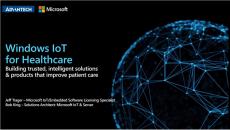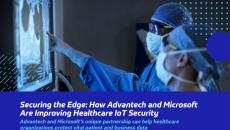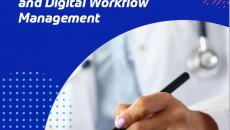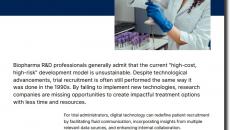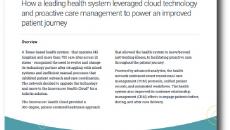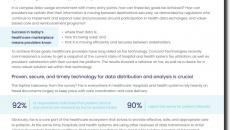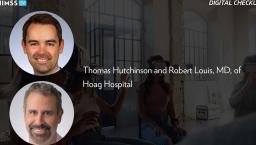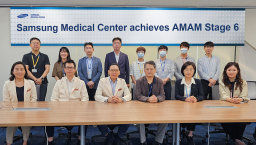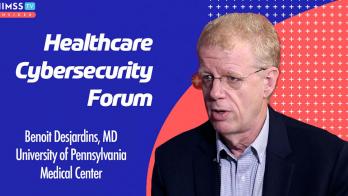Patient Engagement
Sponsored
IoT technologies drive innovation and efficiency in healthcare. According to a recent IoT Signals report, 89% of healthcare organizations have at least one IoT project that has reached the “use” stage. By leveraging the power of Windows IoT, health systems can seamlessly connect medical devices to the cloud, as well as quickly create,...
Sponsored
Many health systems of all types and sizes are expanding their use of Internet of Things (IoT) devices and harnessing the data from those devices to increase efficiency and improve patient outcomes. However, these new devices are vulnerable to cyberattack, creating a much greater attack surface for the organizations that use them. That’s why...
When healthcare organizations (HCOs) digitize signature capture and patient consent during patient registration, they can save significant time and money. By transitioning away from paper forms, HCOs can streamline essential data capture workflows, saving patients of all ages and abilities valuable time while decreasing frustration and the...
Burnout among clinical and administrative staff is at an all-time high as mass resignations, economic uncertainty, and the lingering impacts of the pandemic combine to produce an intense environment. More than 50 percent of healthcare workers report stress in their workdays.
While patient engagement plays a role in evaluation under the revised Merit-Based Incentive Payment System (MIPS) reporting, it’s not important simply because it drives revenue. Rather, patient engagement is at the heart of all rehab therapy operations. Keeping patients engaged is vital not only to the bottom line of a clinic, but also to...
Sponsored
Despite technological advancements, clinical trial recruitment is often still performed in the same way it was done during the 1990s. By failing to implement new technologies, research companies are missing opportunities to create impactful treatment options more cost-effectively. For trial administrators, a digital-first recruitment solution can...
Sponsored
The No Surprises Act, which seeks to increase transparency regarding medical billing and patient cost-sharing responsibility, was signed into law in late 2020 and went into effect January 2022. Although the No Surprises Act seeks to relieve some of the worries patients have about cost of care, it creates increased pressure on healthcare payers and...
Sponsored
A Texas-based health system delivered a personalized patient and caregiver experience across its 105 hospitals and 30 critical access facilities in 19 states. Creating a better overall patient and caregiver experience required replacing manual tasks with an automated, data aggregation technology.
To ensure continuity of patient care, optimal patient outcomes and timely, full reimbursement, healthcare providers need current, accurate data – and technology that streamlines workflows and supports employee retention. Healthcare providers have long relied on fax technology to achieve these key goals; at the same time, they are also using...
Healthcare organizations are barraged with volumes of patient data, and often struggle with managing that much information. In addition, many providers still rely on paper to generate prior authorizations, referrals, prescriptions and other documents. This can lead to inefficient use of staff resources, slow patient care and delayed reimbursement...

